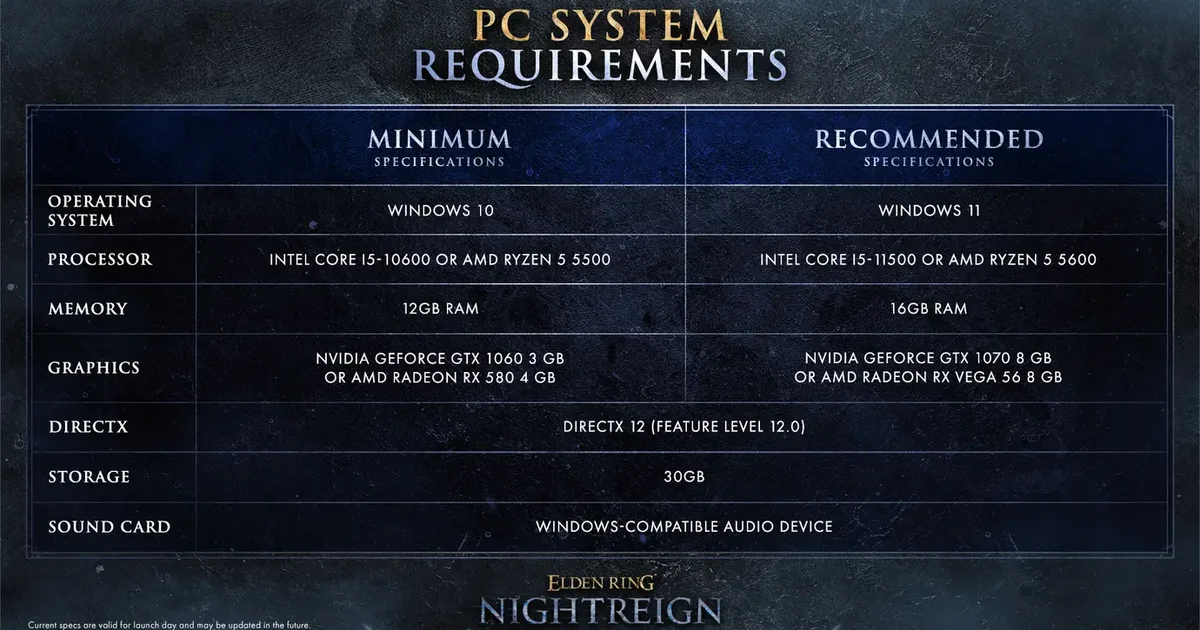Gadgets
What if ‘cotton candy’ planets are actually Ring Pops?

When we look beyond our own solar system, we find a variety of planets that are quite different from what we know. In this vast celestial candy store, there are planets resembling Ring Pops (similar to Saturn but less spectacular), Hot Tamales (Jupiter-like planets that are scorching hot due to their proximity to their stars), and even cotton candy planets (large gas giants with a density comparable to the cotton candy we enjoy!).
These ultra-low density cotton candy exoplanets, known as super-puffs, pose a significant challenge for astronomers trying to understand the process of planet formation. Recent research suggests that some of these super-puffs may not be as fluffy as they appear.
Lead author Tiger Lu, an astronomer from Yale, explains, “It’s very difficult to create planets with such low density. The conventional theory of gas planet formation involves rocky cores that gradually accumulate gas from their surroundings. However, in this standard model, it’s nearly impossible to gather enough gas to achieve the gas-to-rock ratio required for these cotton-candy-like worlds.”
Super-puffs located close to their stars are likely inflated by the heat from the star, giving them their fluffy appearance. However, there are peculiar super-puffs that are too far from their stars for this heating mechanism to apply. One example is the planet HIP-41378 f, a gas giant with a three-year orbit around a star similar to our Sun, located approximately 350 light years away from Earth. Lu explains, “None of the known mechanisms for puffing up planets can account for this particular world.”
It’s worth noting that the extremely low densities attributed to cotton candy worlds are based on transit depth measurements, which indicate how much light a planet blocks when passing in front of its star. This measurement is directly related to the planet’s size—the larger the planet, the more light it blocks. However, what if the planet isn’t as large as it seems, and something else is obstructing the light?
Yoni Brande, an astronomer from the University of Kansas, suggests, “Given that rings and moons are common features among large planets in our Solar System, it’s worth exploring whether they could explain some of the unusual exoplanet data we’ve collected.”
Lu’s research indicates that HIP-41378 f has been influenced by gravitational forces, causing it to tilt and revealing its rings in a way that enhances its apparent size during transits. Lu explains, “If the planet weren’t tilted, we would observe these thin rings edge-on and they would be barely visible.”
Interestingly, planets in close proximity to their stars cannot tilt in the same manner, suggesting that the traditional heating theory applies to those particular super-puffs rather than ring structures. Lu adds, “The farther a super-puff is from its host star, the more likely the ring hypothesis becomes.”
These rings on HIP-41378 f are not as grand as Saturn’s iconic rings; they are only about half the size. Additionally, Saturn’s rings are icy, giving them a sparkling appearance that contributes to the planet’s distinctive ringed look. In contrast, HIP-41378 f is situated in a warmer region of space, suggesting that its rings are likely rocky and less luminous.
The James Webb Space Telescope (JWST) is expected to play a significant role in this field of study. Researchers propose that JWST could verify whether HIP-41378 f is indeed a ringed planet rather than a super-puff planet in the near future. Further observations of other super-puff planets around different stars are also underway to unravel the mysteries surrounding these peculiar exoplanets. Brande adds, “While there are currently no planned observations of HIP-41378 f with JWST, results from observations of similar super-puff planets should be announced soon.”
Could you please provide a different version of this text?
-

 Destination8 months ago
Destination8 months agoSingapore Airlines CEO set to join board of Air India, BA News, BA
-

 Breaking News10 months ago
Breaking News10 months agoCroatia to reintroduce compulsory military draft as regional tensions soar
-

 Gadgets3 months ago
Gadgets3 months agoSupernatural Season 16 Revival News, Cast, Plot and Release Date
-

 Tech News12 months ago
Tech News12 months agoBangladeshi police agents accused of selling citizens’ personal information on Telegram
-

 Productivity11 months ago
Productivity11 months agoHow Your Contact Center Can Become A Customer Engagement Center
-

 Gadgets3 weeks ago
Gadgets3 weeks agoFallout Season 2 Potential Release Date, Cast, Plot and News
-

 Breaking News10 months ago
Breaking News10 months agoBangladesh crisis: Refaat Ahmed sworn in as Bangladesh’s new chief justice
-

 Toys12 months ago
Toys12 months ago15 of the Best Trike & Tricycles Mums Recommend






















